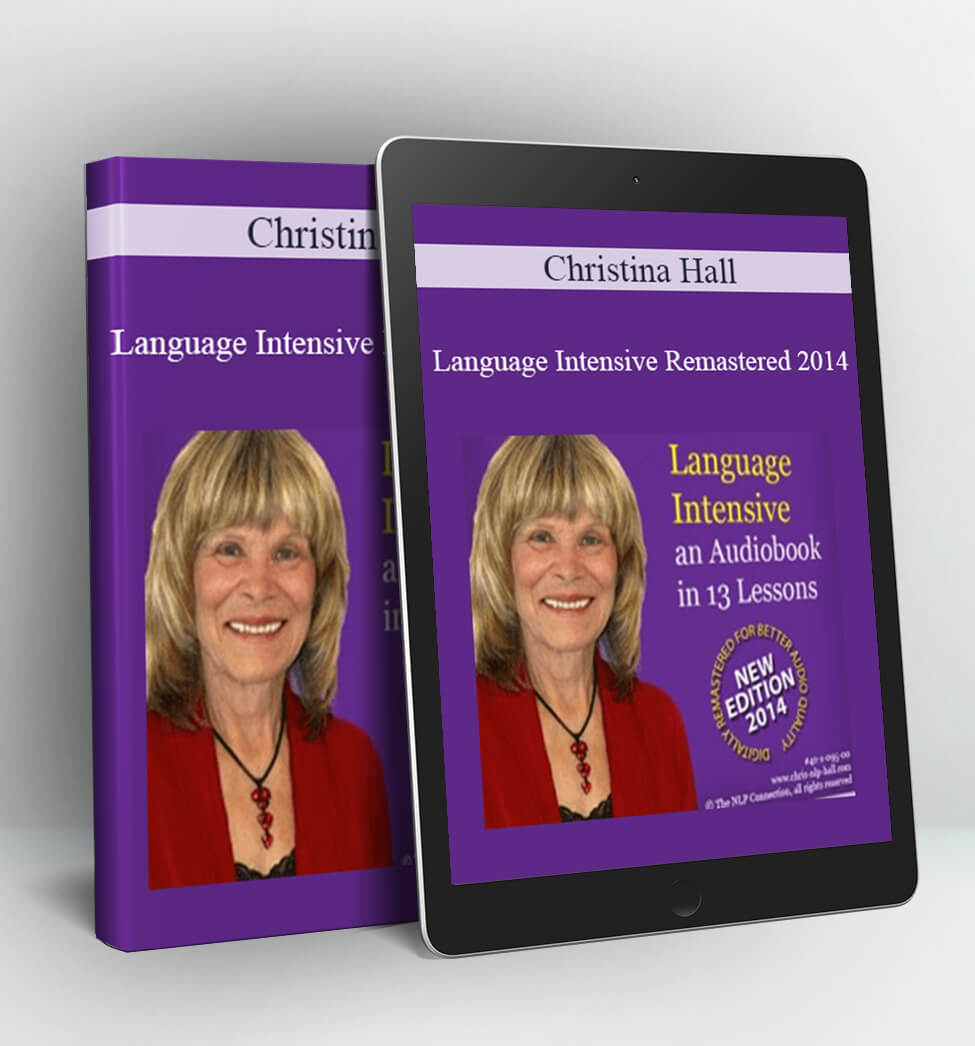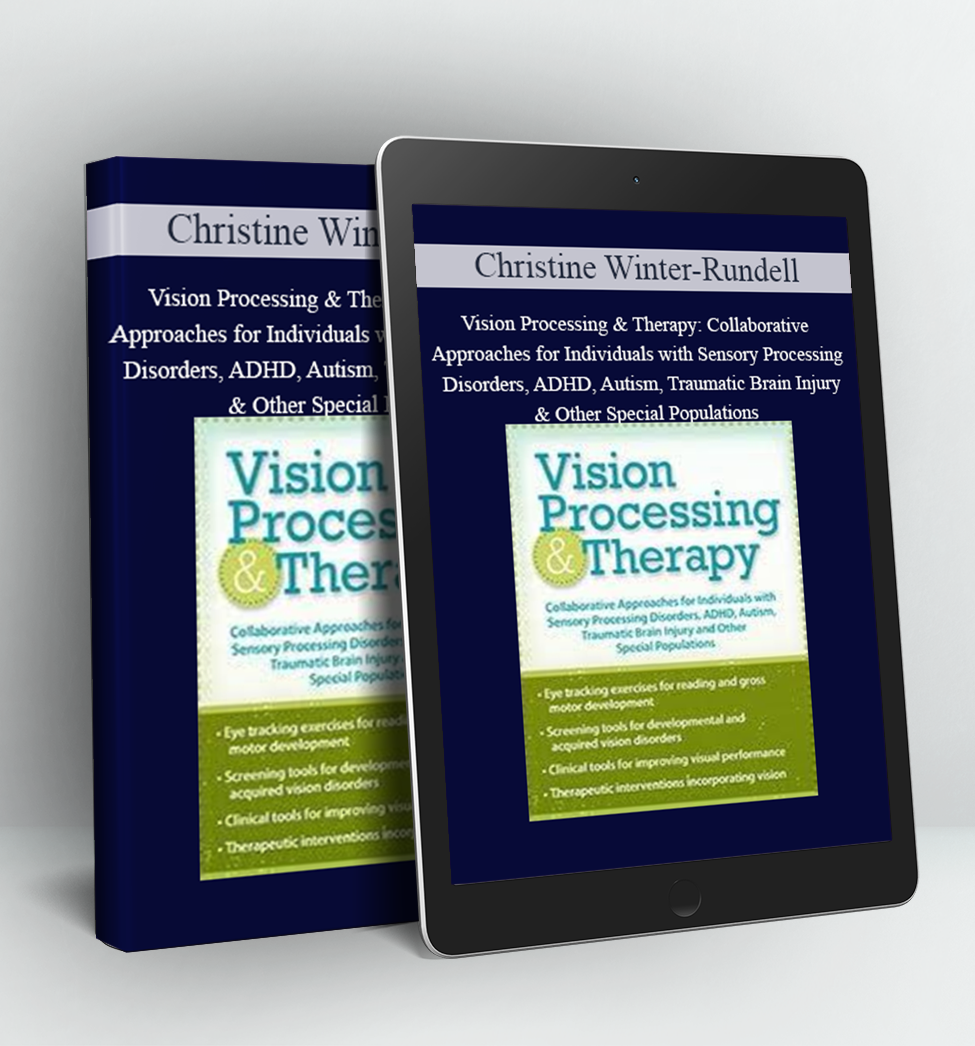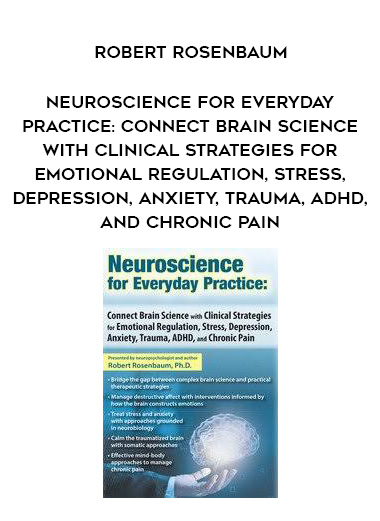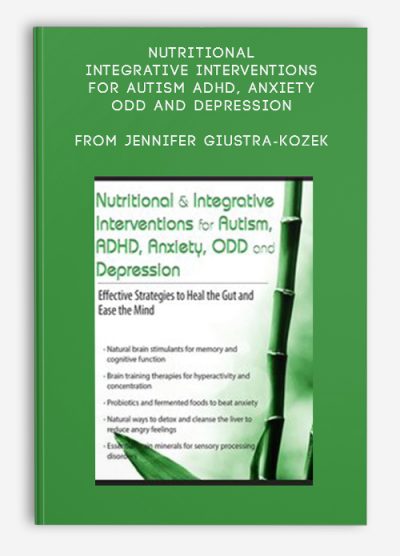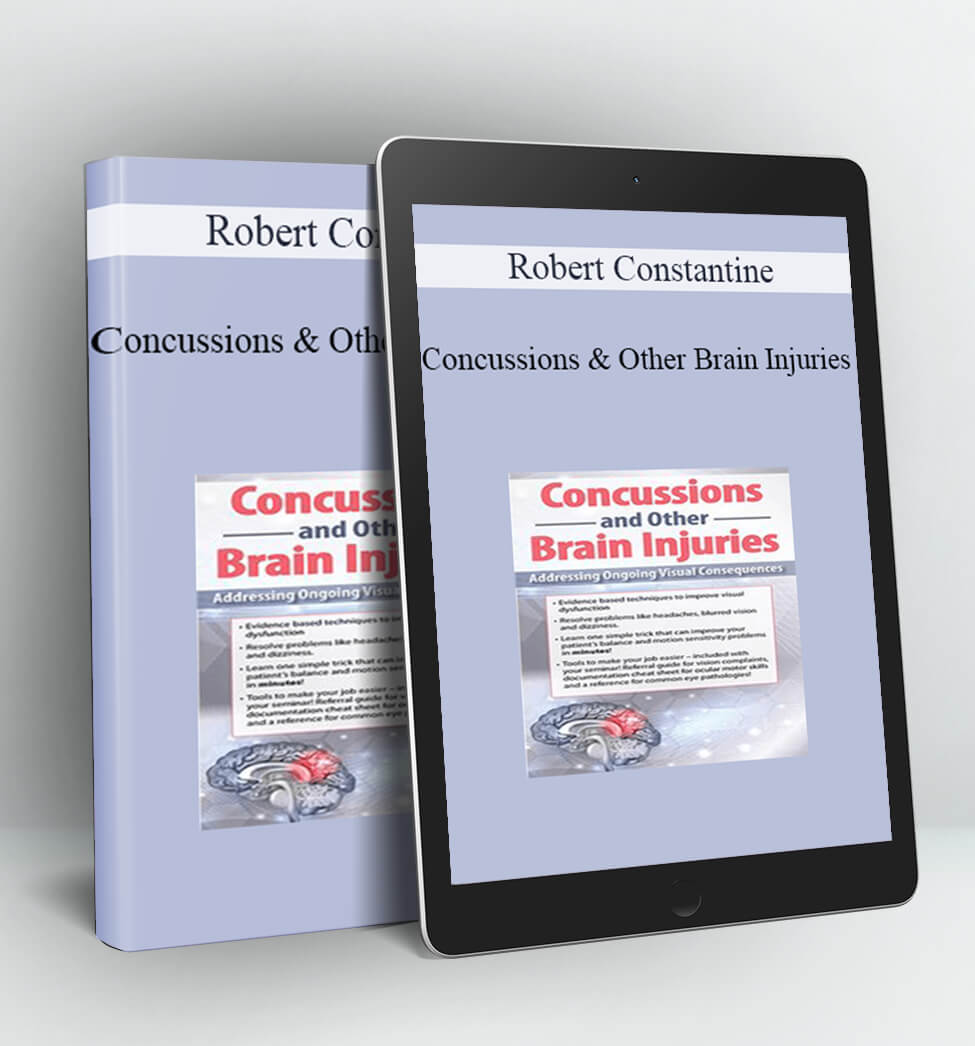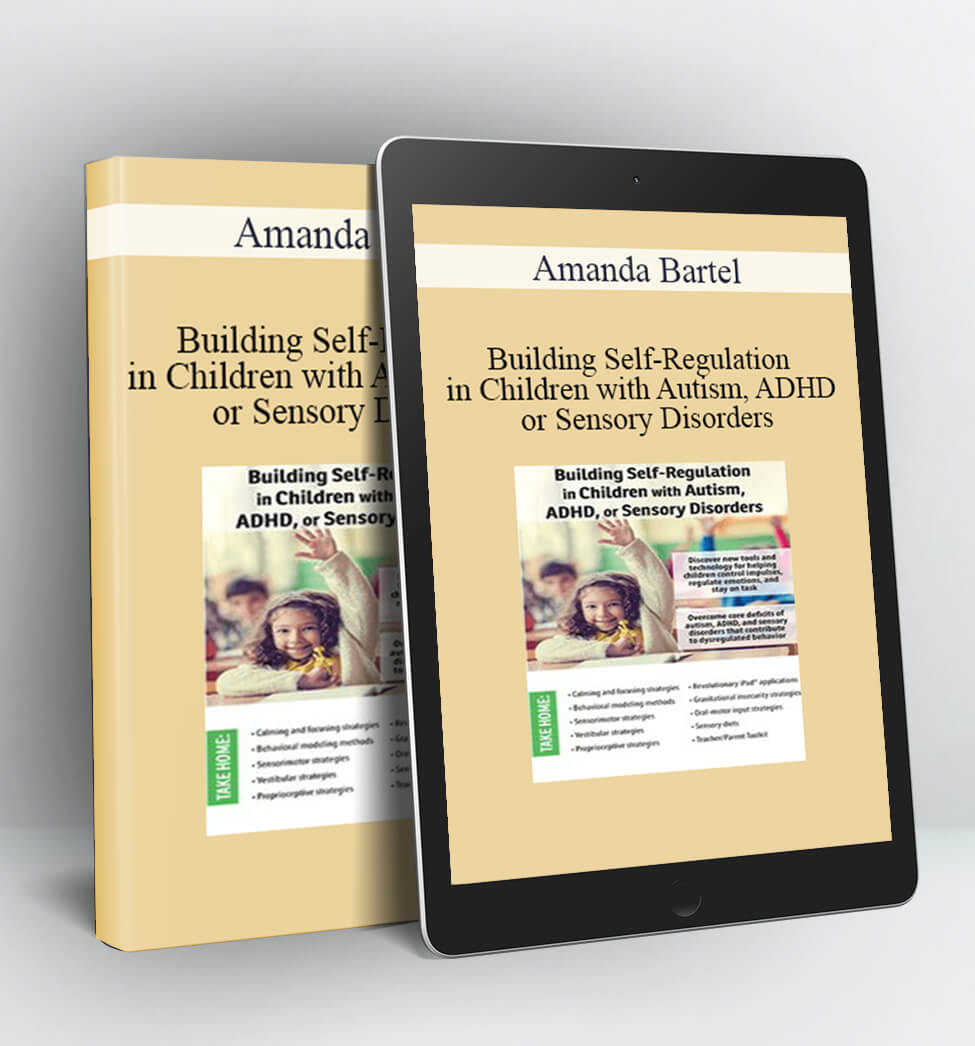VISION TECHNIQUES FOR EYE MOVEMENT DISORDERS ASSOCIATED WITH AUTISM, ADHD, DYSLEXIA & OTHER NEUROLOGICAL DISORDERS: HANDS-ON ASSESSMENTS AND TREATMENTS FOR CHILDREN AND ADOLESCENTS – ROBERT CONSTANTINE
Do you work with children with ADHD, dysgraphia, dyslexia, letter reversals and reading problems that do not respond to typical treatments?
Are you frustrated by a lack of progress in children who exhibit poor:
- Reading skills
- Handwriting
- Posture
- Visual-motor integration
- Ball-handling skills
- Visual processing and visual perceptual skills?
Do you know a child that cannot catch a ball and frequently trips? What about the child with autism that studies small objects in the peripheral? Or a low tone child that struggles with handwriting? These problems may be related to an eye movement or near vision focusing difficulties.
Watch this live webcast and learn to find the root of these problems by learning to assess eye movements and near vision.
You will learn evidence-based techniques to improve vision that integrate the visual, vestibular and proprioceptive systems using interventions developed by an occupational therapist that will get results.
- Explore the anatomy and physiology of the visual system from cornea to cortex.
- Recognize eye movement disorders associated with ADHD, dysgraphia, and dyslexia and improve outcomes for these diagnoses.
- Demonstrate techniques to assess for eye movement difficulties and near vision using readily available tools.
- Communicate the role of vision in gait, balance and posture.
- Recognize the signs of a faulty near-vision system and the implications of reading and visual motor integration.
- Demonstrate evidence-based techniques to treat eye movement defects.
- Articulate common ICD-10 codes for eye movement disorders.
The Pediatric Eye Exam
- Ophthalmology or Optometry or Vision Therapy
- Case study Becca
Anatomy of the Visual System
- The anatomy of the Orbit
- Muscles of the eye
- The visual pathways of vision in the brain
- Magnocelluar vs Parvocellular Stream
Congenital Visual Problems
- Coloboma
- Optic Nerve Hypoplasia: Case study Blake
- Retinopathy of Prematurity
- The role of therapists in Cortical Visual Impairment
Common Eye Movement Problems Affecting PT and OT Outcomes
- Suppression
- Strabismus, Anisometropia, and amblyopia
- Nystagmus
- Convergence Insufficiency
- Accommodative problems
Assessment of Eye Movements and Near Vision
- Tracking
- Saccades
- Convergence
- The Near Vision System: case study Raleigh
- Lab Time
Treatment Techniques for the Visual System
- DIY and High-Tech solutions
- The Brock String and Hart Chart
- Prism and lenses
- Holistic treatment techniques
- Clinic videos
- Case studies describing treatment
Vision Tools for Balance, Gait and Posture
- BiNasal Occulsion
- ”Glasses that fix toe-walking”
- Case studies: Charlotte; Audry
- Mid-Line Shift Syndrome: Case study Ben
Vision Problems Associated with:
- TBI, Stroke and Concussion
- ADHD: Case study Bryson and Nate
- Dyslexia
- Autism
- Sensory Modulation Postural Dysfunction: Case study Jon
Mid-Level Visual Processes
- Visual motor integration tips: Case study David
- Visual processing disorder
- Visual perceptual deficits
Coding and Goals for Eye Movement Problems
- ICD-10 codes common for eye movement problems
- Basic goals for eye movement problems
- Resources for more information
Tag: Vision Techniques for Eye Movement Disorders Associated with Autism, ADHD, Dyslexia & Other Neurological Disorders: Hands-on Assessments and Treatments for Children and Adolescents – Robert Constantine Review. Vision Techniques for Eye Movement Disorders Associated with Autism, ADHD, Dyslexia & Other Neurological Disorders: Hands-on Assessments and Treatments for Children and Adolescents – Robert Constantine download. Vision Techniques for Eye Movement Disorders Associated with Autism, ADHD, Dyslexia & Other Neurological Disorders: Hands-on Assessments and Treatments for Children and Adolescents – Robert Constantine discount.


